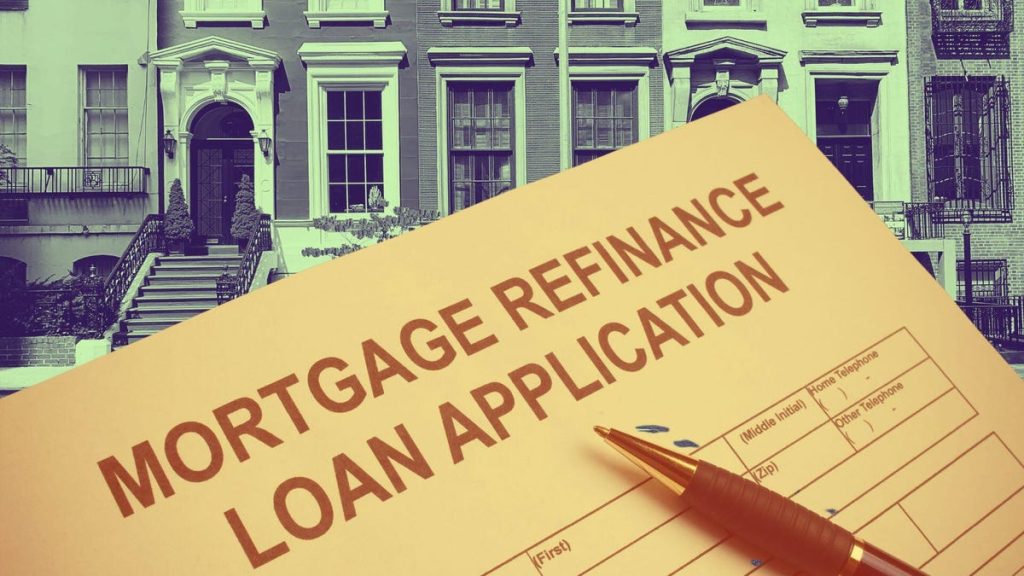Refinancing a mortgage is usually done to secure a lower interest rate and reduce monthly payments. However, there are situations where homeowners may consider refinancing at a higher rate. For example, some homeowners may want payment stability by switching from adjustable-rate mortgages to fixed-rate mortgages. This ensures predictable payments over the long term, especially in an uncertain economic climate. Refinancing to a higher rate may also be necessary during a divorce, where one party needs to buy out the other and take full ownership of the property. In this case, a cash-out refinance can help in splitting assets and paying off the ex-spouse.
Another reason to refinance at a higher rate is to consolidate high-interest debt. By converting home equity into cash through a cash-out refinance, homeowners can pay off costly credit card and personal loan debt. While this may lead to a higher interest rate on the mortgage, it can lower overall monthly expenses by consolidating the debt into a lower-interest loan. However, it’s important to consider the longer repayment period and increased interest payments associated with this strategy. It is essential to weigh the pros and cons of refinancing and understand the potential impact on finances before making a decision.
When refinancing a mortgage, homeowners need to be aware of the associated costs, such as closing costs that typically amount to 2% to 5% of the loan value. With a cash-out refinance, homeowners will also be increasing their mortgage balance and reducing their equity. While the cash can be used for various purposes, it’s essential to consider the implications of a larger loan balance, potentially leading to higher payments or a longer payment term. It’s important to carefully evaluate the drawbacks before proceeding with a refinancing decision to ensure it aligns with financial goals and circumstances.
The Federal Reserve’s interest rate cuts have influenced refinance activity, with applications increasing by 20% according to recent data. Despite the general preference for lower interest rates, some homeowners may have valid reasons for refinancing at a higher rate. For instance, refinancing for payment stability through a fixed-rate mortgage or during a divorce to change ownership structure may justify accepting a higher interest rate. By understanding the different scenarios where refinancing at a higher rate may make sense, homeowners can make informed decisions based on their individual financial needs and objectives.
As economic conditions evolve, homeowners may find value in seeking financial stability through a fixed-rate mortgage or by consolidating debt with a cash-out refinance, even if it means accepting a higher interest rate. With careful consideration of the potential benefits and drawbacks, homeowners can determine if refinancing at a higher rate aligns with their goals. Whether it’s for payment stability, asset division during a divorce, or debt consolidation, refinancing at a higher rate can be a strategic financial move in certain situations. By consulting with financial experts and evaluating the long-term implications, homeowners can decide if this option is suitable for their circumstances.


